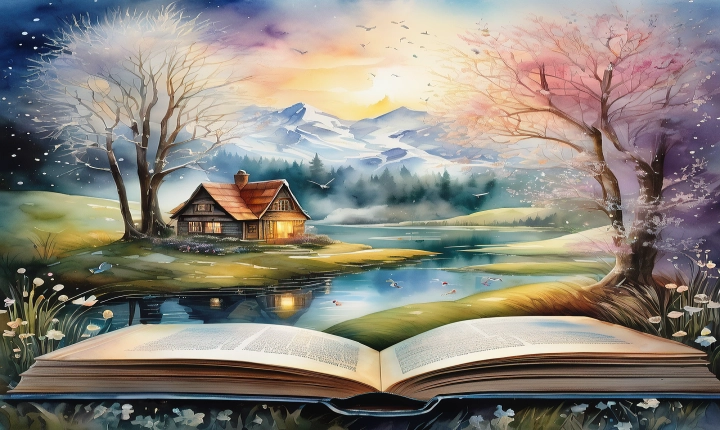Title: Can AI Generate Animated Videos?
In recent years, the field of artificial intelligence (AI) has made significant advancements in a multitude of industries, and the creative sector is no exception. One particular area where AI has shown substantial potential is in generating animated videos. This technology has opened up new possibilities for content creators, businesses, and individuals looking to produce high-quality animation at a fraction of the time and cost. But just how capable is AI in creating animated videos, and what are the implications of this technology?
AI-powered animation tools are designed to automate various aspects of the animation process, including character design, movement, and scene creation. These tools rely on complex algorithms and machine learning to analyze and replicate human-like motion, allowing for the creation of smooth and realistic animations. Additionally, AI can generate animations at a faster pace than traditional methods, making it an attractive option for those with time-sensitive projects.
One of the primary advantages of AI-generated animated videos is the potential for cost savings. By automating certain tasks in the animation process, businesses and individual creators can significantly reduce production costs. This accessibility has democratized the animation industry, allowing smaller businesses and independent content creators to compete with larger studios on a more level playing field.
Furthermore, AI-generated animations can be tailored to specific requirements, making it easier to create content tailored to a particular audience or brand. This level of customization can lead to more engaging and targeted animations that resonate with viewers more effectively.
However, while AI has made significant strides in generating animated videos, there are still some limitations to consider. AI tools may struggle with more complex and nuanced animations that require a human touch, such as emotional expressions or subtle movements. Additionally, the level of creativity and storytelling in AI-generated animations may not match the depth and complexity of human-led productions. As a result, the role of human animators and artists remains crucial in adding that extra layer of creativity and emotion to animated videos.
There are also ethical considerations to take into account when using AI for animation. As AI tools become more advanced, there’s the potential for widespread job displacement in the animation industry. As such, it is essential to find a balance between leveraging AI for its advantages and preserving the role of human creativity and craftsmanship in the animation process.
In conclusion, AI has demonstrated remarkable capabilities in generating animated videos, presenting numerous opportunities for businesses, creators, and industries alike. The potential for cost savings, customization, and efficiency make AI animation tools an attractive proposition. However, it’s important to recognize the limitations and ethical considerations associated with this technology. Ultimately, the future of AI in animation will likely involve a harmonious blend of AI automation and human creativity to produce truly exceptional animated videos.
